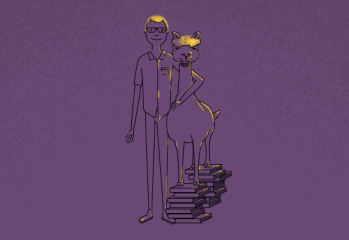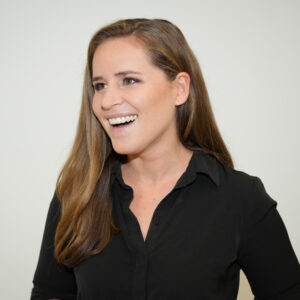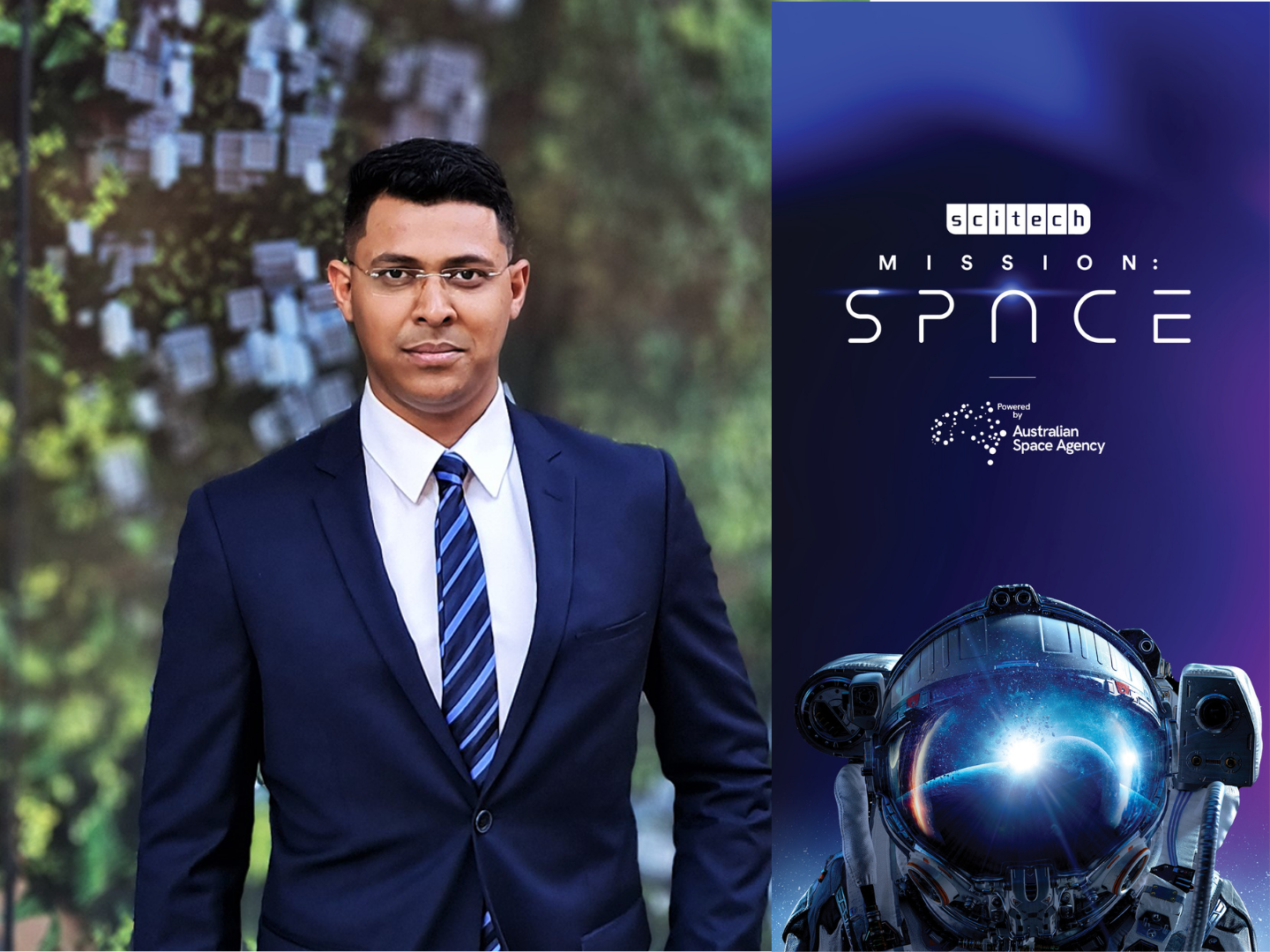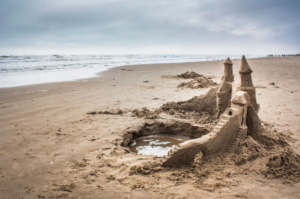Space wasn’t always on Aniket Jagtap’s radar.
“I never thought of space as my career when I was a kid,” Aniket says.
“My first inspiration was to join the Defence Force and work on fighter jets and aircraft, which sparked my passion for aerospace and led me to pursue my master’s in this field.”
“Aeronautical engineering or aircraft design used to be my favourite subjects. I was especially drawn to creating and building things that operate within Earth’s atmosphere.”
HEAD AND HEART IN THE CLOUDS
Aniket completed a Bachelor of Mechanical Engineering in India, but his passion for aerospace led him to Australia in 2013.
After completing a Master of Aerospace Engineering at the University of Adelaide, he worked as a research assistant at the university.
“I continued working as a research assistant while juggling other part-time jobs, like many other international students,” Aniket explains.
“To secure a professional engineering role in Australia, the minimum requirement was permanent residency status.
“It took nearly 3 years after completing my master’s to obtain it, but I never gave up on my aspiration to work as a professional engineer in Australia.”
Soon after, Aniket moved to the private sector, taking on a range of roles – from developing an industrial drone system designed to clean high-rise building windows to working as an engineering consultant on vibration, acoustics and environmental engineering.
Caption: In the private sector, Aniket worked on vibration, acoustics and environmental engineering
Credit: Supplied by Aniket Jagtap
“Within 2 years of obtaining my permanent residency, I also became an Australian citizen,” Aniket says.
“This milestone finally opened the door for me to work in the aerospace sector, fulfilling the very aspiration that had driven me to migrate and study aerospace engineering in Australia.”
Driven by his long-standing aspiration to work in the aerospace field, Aniket applied to the Australian Defence Force.
Guided by his passion for working on aircraft, he chose to pursue an aeronautical and armament engineering role with the RAAF.
During the recruitment process, another exciting opportunity emerged – this time with the Australian Space Agency.
“When I saw the Australian Space Agency’s advertisement for a systems engineering role, I recognised a direct opportunity to contribute to the national interest in space and be part of the growing space industry. I applied immediately,” Aniket says.
LAUNCHING INTO SPACE
Today, Aniket is a Senior Systems Engineer at the Australian Space Agency.
Part of his role is to support development of Australia’s first lunar rover mission – the Roo-ver Mission – set to reach the Moon by the end of this decade.
“The Roo-ver Mission aims to demonstrate foundational services on the lunar surface – essential capabilities for sustaining human presence on the Moon,” he explains.
“These include the development of habitats, harnessing local resources such as water and building materials.
“Together, these elements will form the backbone of long-term human survival and operations in space.
“It’s a part of NASA’s Artemis program, which is focused on returning humans to the Moon, establishing a sustainable presence and preparing for future missions to Mars.”
Caption: Aniket develops infrastructure to support Australia’s first lunar rover mission
Credit: Supplied by Aniket Jagtap
Aniket is also passionate about the development of technologies to harness space resources, which could be crucial for interplanetary travel.
“One of the things we need to do is to identify different resources on the lunar surface and develop methods to harness these resources,” he says.
“One of the most important resources is water, which can serve as a medium to sustain life on the lunar surface.
“Launching missions directly from Earth to Mars is extremely resource-intensive and costly. However, using the Moon as a staging point could significantly reduce these challenges, making travel to Mars more efficient and feasible.”
TO INFINITY AND BEYOND
The global space industry has grown rapidly in recent years, with rising interest in exploring the galaxy.
“Today, several companies are actively promoting space tourism, while others are exploring how plants grow in space,” Aniket says.
“Additionally, some organisations are conducting medical experiments in space to better understand how the unique environment affects human health and biological processes.
“Space has expanded, and space is going to grow from here.”
Caption: The industry has grown with rising interest in exploring space
Credit: Supplied by Aniket Jagtap
Aniket believes this will open up even more opportunities to work in the industry.
“Today, space is for everyone,” he says.
“Whether you study mechanical, electronics, mechatronics, civil or software engineering, there’s a place for you in the space industry.
“Your skills could one day help launch satellites, build lunar habitats or even support missions to Mars.
“The possibilities are as vast as space itself.”
Aniket is involved in the Mission: SPACE program delivered by Scitech and powered by the Australian Space Agency. You can register for this nationwide virtual excursion here.









